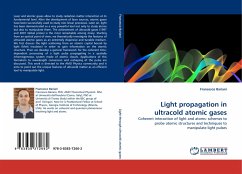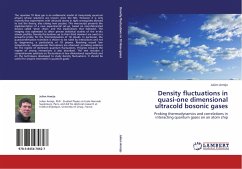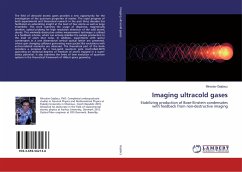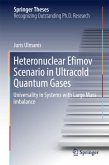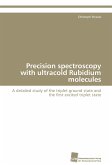Laser and atomic gases allow to study radiation-matter interaction at its fundamental level. After the development of laser sources, atomic gases have been successfully used to study non-linear processes. Later on, light has been demonstrated as a very powerful tool not only to study atoms but also to manipulate them. The achievement of ultracold gases (1997 and 2001 Nobel prizes) is the most remarkable among many. Starting from an optical point of view, we theoretically investigate the features of ultracold atomic gases as an extremely dispersive and tunable medium. We first discuss the light scattering from an atomic crystal bound by light (Mott insulator) in order to gain information on the atomic structure. Then we develop a general framework for the coherent time-dependent processing of a light pulse propagating in a spatially inhomogeneous system made of atomic clouds. Applications of this formalism to wavelength conversion and reshaping of the pulse are discussed. This work is directed to the AMO Physics community and it aims to point out the unique features of ultracold matter as an efficient tool to manipulate light.

